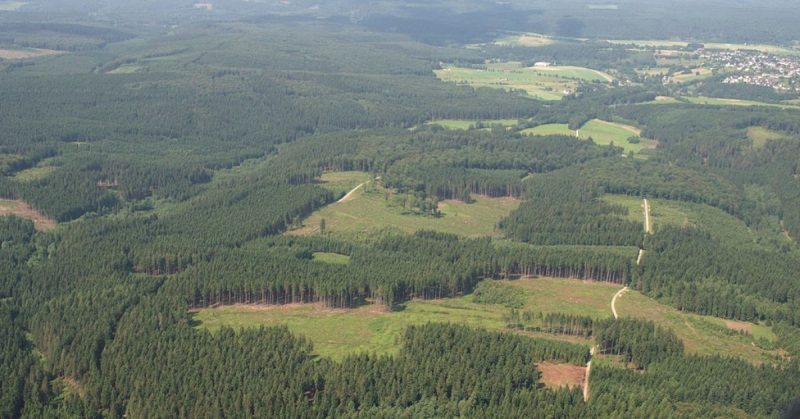In a statement, the archaeologists said that the items left behind were a testament to the last hours of people who were cruelly murdered.
German archaeologists have revealed some of the poignant artifacts that they have unearthed at three sites where the Nazis slaughtered 208 forced laborers just before the end of World War II.
Clothes, shoes, a mouth organ, a spectacles case, and a prayer book are among the everyday items that have been dug up from sites in the Arnsberg Forest which is situated in a mountainous area in the North-Rhine Westphalia region of Germany.
It was in this region that the Wehrmacht, accompanied by the Waffen-SS, gunned down 208 Russian and Polish forced laborers in the period from 20 to 23 March 1945. The slaughter took place in three separate locations in the Arnsberg Forest.
The first round of killings was carried out near the town of Warstein in the Langenbach Valley when Nazi troops forced 71 prisoners (10 men, 60 women, and one child) to march into the forest after telling them to leave their belongings on the side of the road as they would come back to collect them.
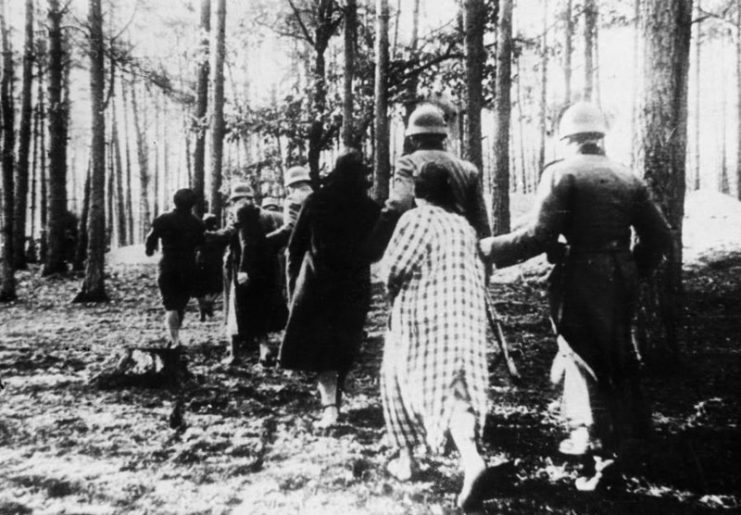
A firing squad then shot the unsuspecting victims, after which the corpses were interred in mass graves — but only when the soldiers had helped themselves to anything that they wanted from the bodies.
The soldiers took all of the cash held by the prisoners. The victims’ clothing was distributed to German people living nearby.
Most of the artifacts on display from the archeological dig were recovered from this first location.
In a statement, the archaeologists said that the items left behind were a testament to the last hours of people who were cruelly murdered, but that the artifacts also provided valuable information about the manner in which this slaughter was conducted.
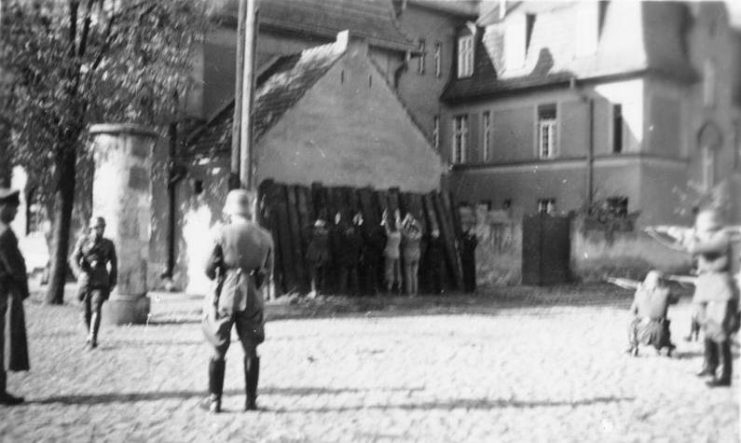
For 75 years, these personal possessions such clothing decorated with beads and buttons, shoes, a Polish dictionary, cutlery, and crockery have lain underground along with evidence of the massacre, such as bullets, spent cartridge cases, and even the shovels used to cover the corpses.
The second site was at Suttrop, also near Warstein. It was in this location that 57 laborers were forced to dig trenches that had been laid out in a zig-zag pattern. Little did they realize that they were digging their own graves.
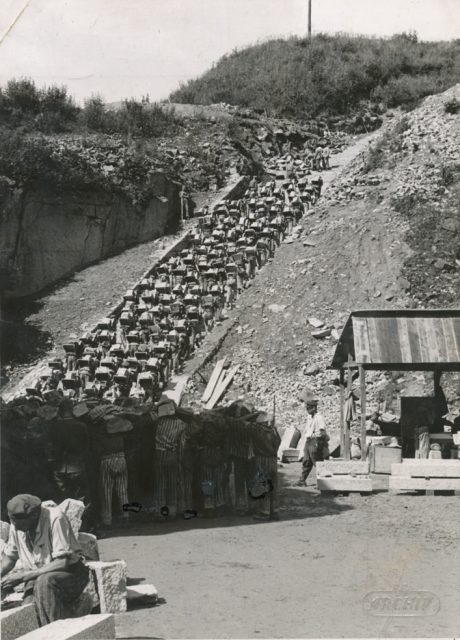
Fewer artifacts were recovered from here suggesting that the Nazi forces were better prepared to hide the evidence of their evil actions.
The last site excavated was near the town of Meschese at a place called Eversberg. The Nazis used hand grenades to create a pit. They then lined up 80 victims along the top of the hole, ensuring that when they were shot, they would fall into the pit.
This mass grave was hidden under a paddock in which cows grazed. Here, archaeologists found over 50 items including Russian coins, a comb stand, and a mouth organ. It is likely that the Nazis viewed these things with disdain, but the archaeologists believe that these items would have held a special place in the hearts of the victims.
There were no bodies exhumed during the course of the excavation since, at the end of the war, American troops forced former members of the Nazi Party to exhume the bodies at the first two locations and bury them in a nearby cemetery. This process was photographed and filmed by the Americans.
It was not until November 1946 that an informant told the British military of the mass grave.
In March 1947, the British exhumed the bodies of the massacre victims and arranged for them to be reinterred at the Fulmecke Cemetery in Meschede, alongside the victims of the other two massacres.
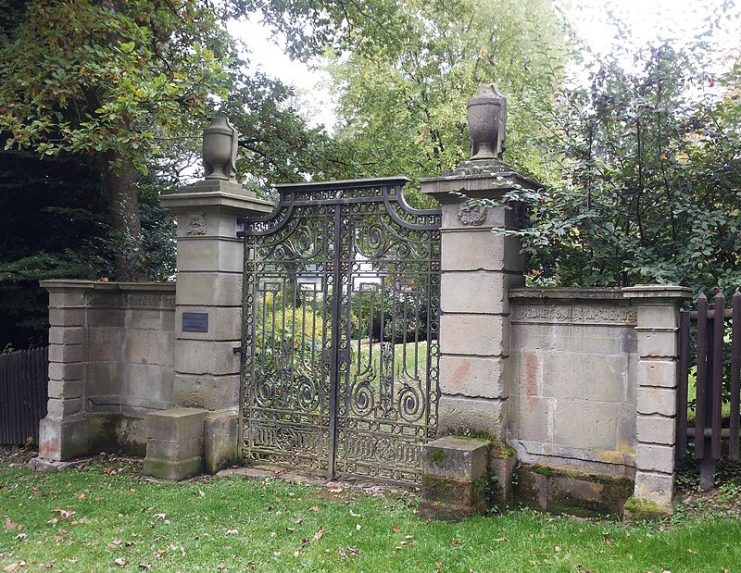
Of the 208 victims, only 14 have been positively identified. However, this could change in the future as there is a renewed push to undertake a genealogical study to positively identify more of the anonymous victims and bring closure to their families.
Read another story from us: Genocide And War Crimes – The Worst Japanese Massacres of WWII
Matthias Löb, the executive head of the Westphalia-Lippe region, said: “We have been experiencing the trivialization and increasing denial of the crimes of the Second World War and the Nazi dictatorship for several years, but the murders are part of our history that we must own up to.”
We can only hope that these victims who have been ignored for so long will at long last get the attention they deserve.
